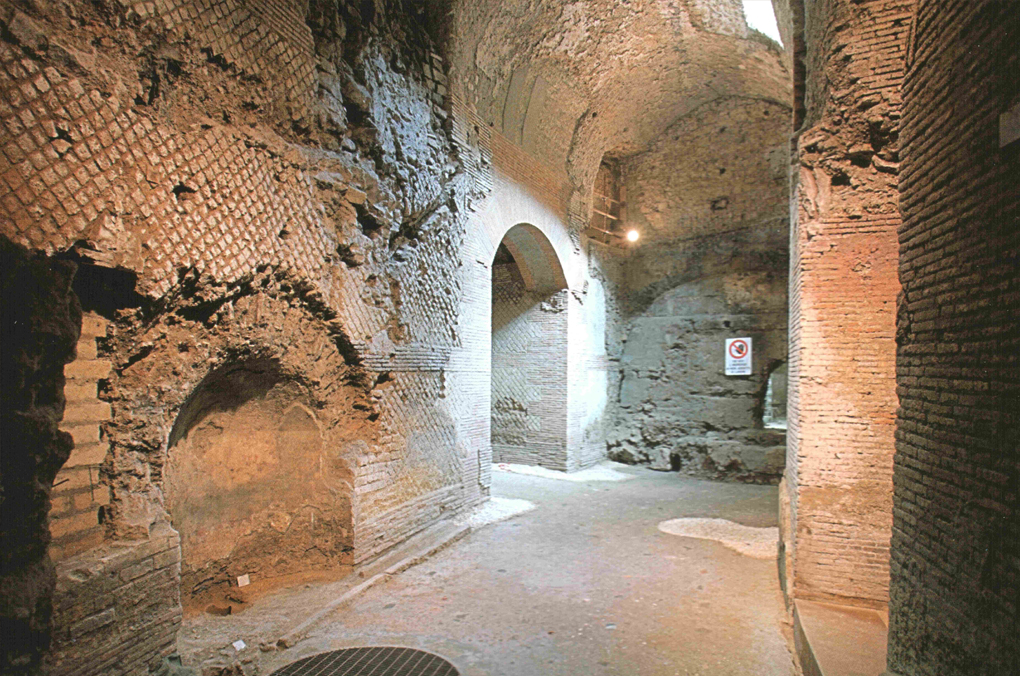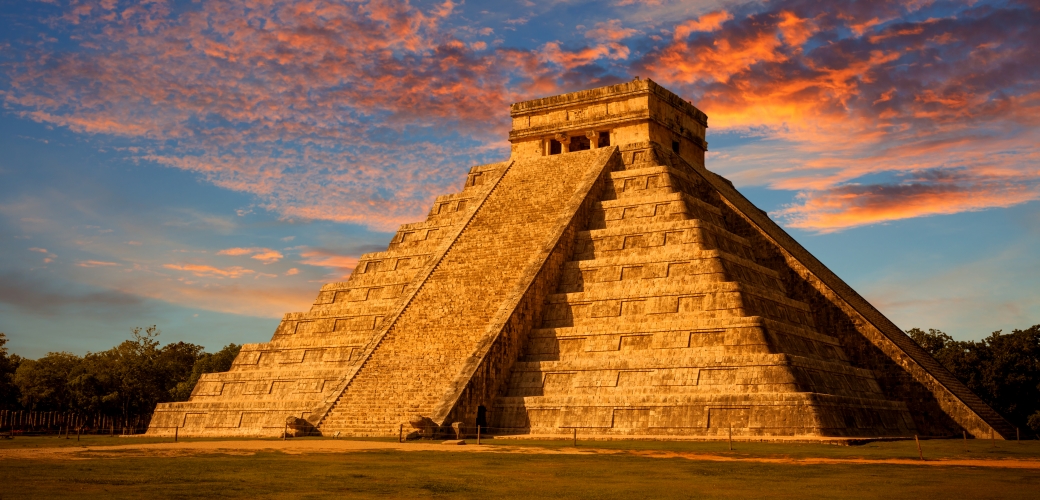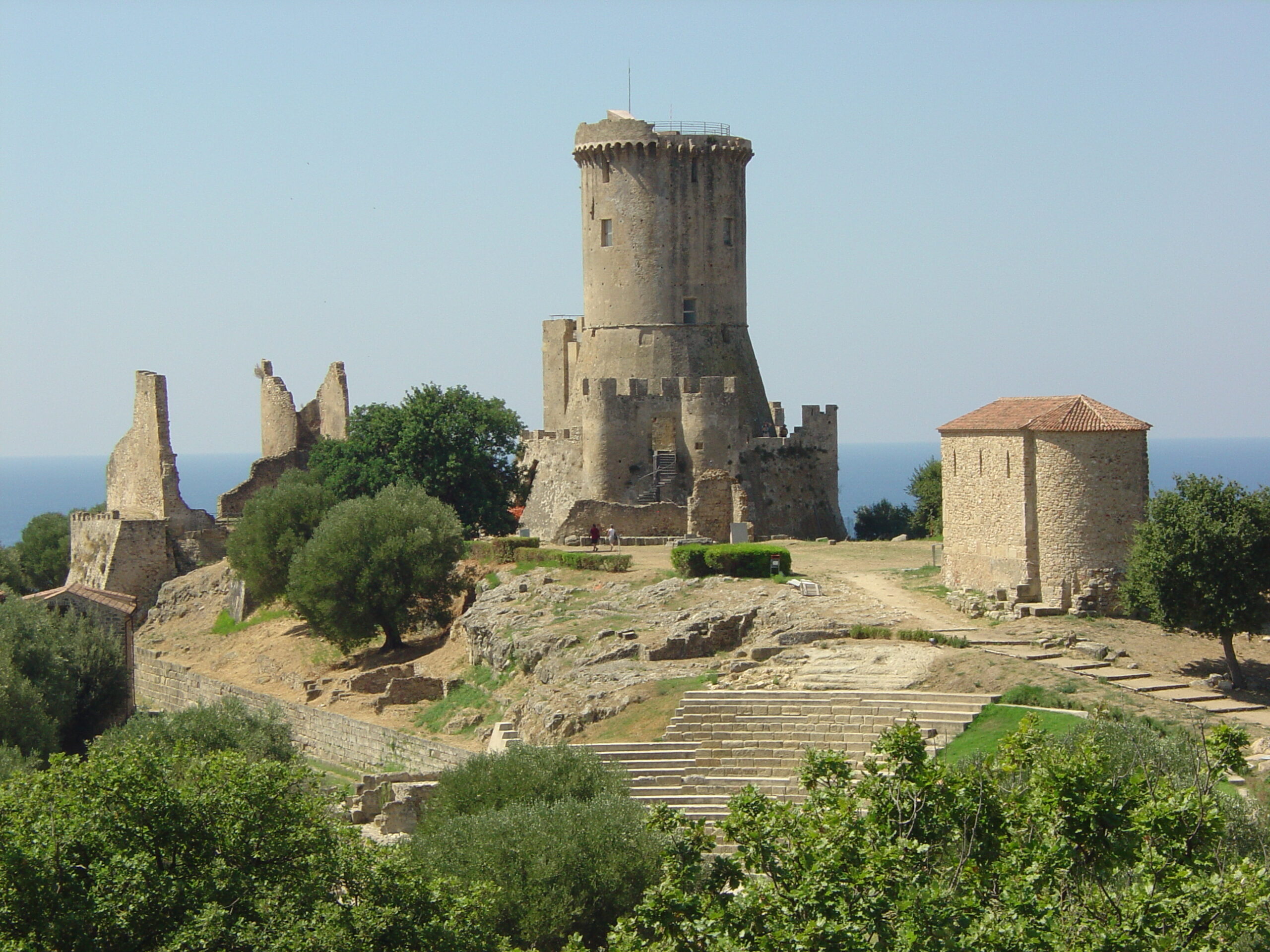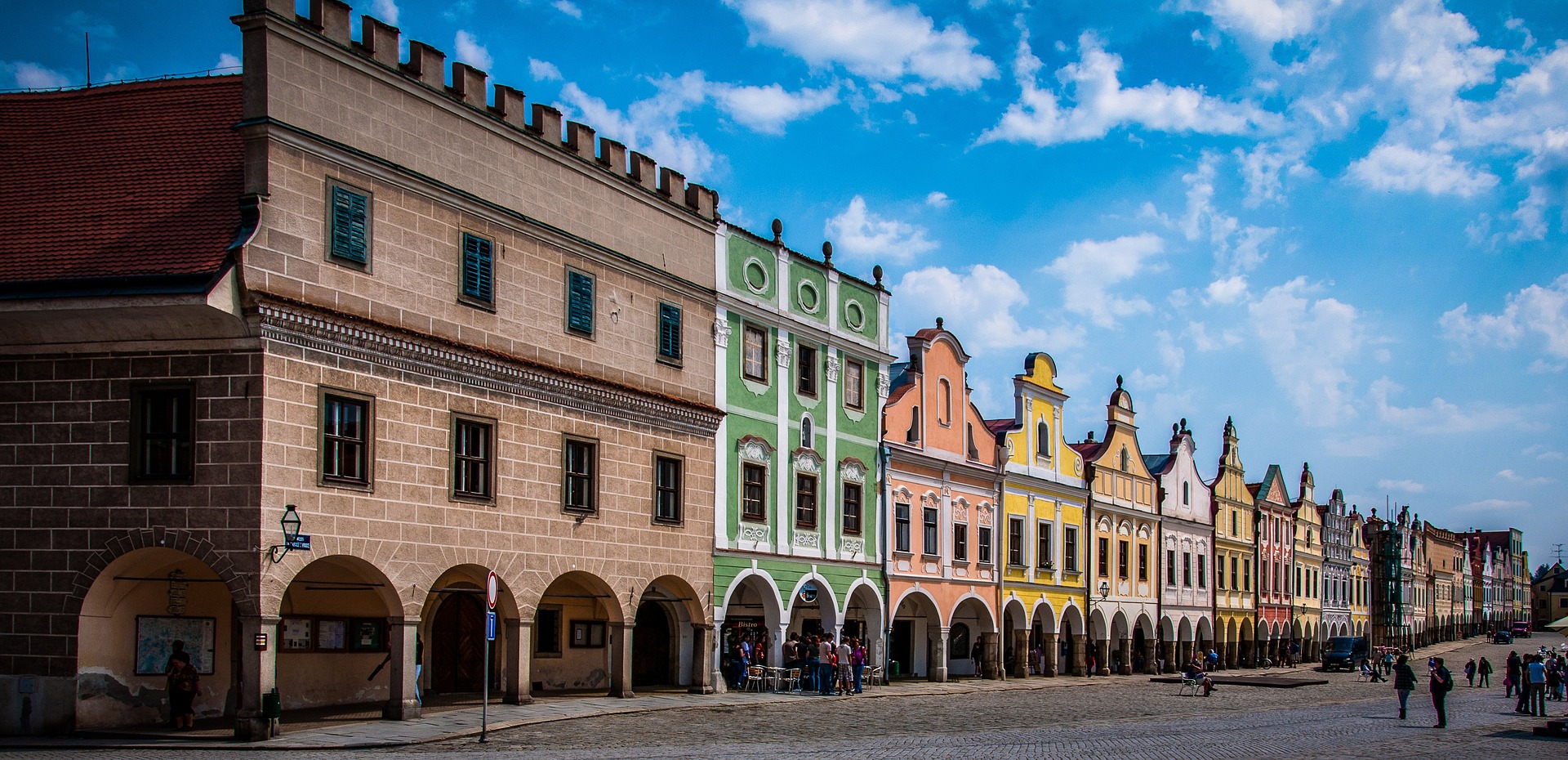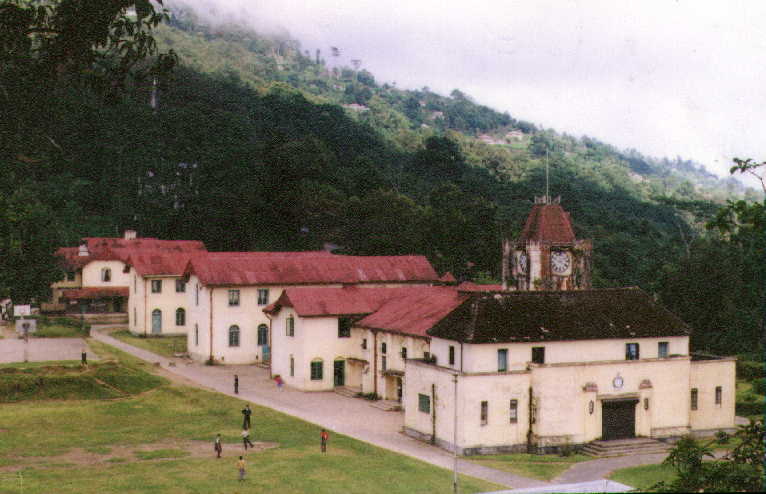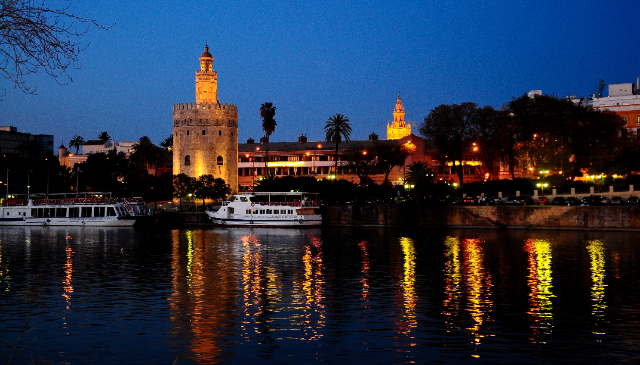The site is precisely located in the area between Anticaglia Street to the north, San Paolo Street to the west and vico Giganti to the east. It insists in the part below vico Cinquesanti, which splits it vertically.
Part of the theater constitutes the last stage of the route concerning the underground of Naples while other fragments are freely visible along the decumani.
Dating back to Roman times, in the 1st century B.C., the theater arose in place of a pre-existing Greek building from the 4th century B.C., also probably intended for theatrical performance. Unlike the Odeion, which stood next to it, intended for special musical events and now virtually disappeared, the theater was uncovered.
The theater was one of the glories of Neapolis, according to Octavian Augustus the guardian of Hellenic culture: as Suetonius reports, Emperor Claudius had plays performed there in honor of his beloved brother Germanicus and gave them victory.
Nero’s singing certams are legendary: the sources come from Tacitus and his Annales, but especially from Suetonius’s De vita Caesarum: the latter relates that Nero debuted precisely in Naples with one of his odes, and despite the fact that a violent earthquake broke out, which the emperor valued as the appreciations of the gods, he continued to sing and forced the population to stay.
His performances were many and very prolonged and filled the theater each time, which always acclaimed him, whose actual spontaneity has been at least questioned: Suetonius himself speaks of bombi, embrici and testi, that is, the various ways of clapping of the emperor’s claque, obtained among the young plebs in numbers of five thousand. Great praise was lavished on him by the Alexandrians, who were very numerous in the city and were refreshed by Nero for their critical generosity.
The philosopher Seneca also speaks of the theater: in letter 76 of his Epistulae morales ad Lucilium he says that to go to the school of the philosopher Metronactus one had to pass through the area of the theater, described by Seneca as overflowing with people as opposed to the school, considered by most to be frequented by idlers.
Median Cavea under the low access
The theater was renovated during the Flavian age (1st century) and in the 2nd century. Most of the vestiges date from this period and subsequent restorations.
Publius Papinius Statius in the Flavian age extols in a letter to his wife contained in his Silvae the temples and a large porticoed square (perhaps the Forum area) and refers to two large theaters in the city, the open-air and the covered, located in the upper part of the Forum, behind the sacred area of the temple of the Dioscuri.
The fall of the Roman Empire sanctioned the fall of theatrical performances in general as well, and the structure was abandoned, also the accomplice of a flood between the fifth and sixth centuries. The medieval period increased the oblivion of the structure, which was used as a small necropolis (datable to the 7th century) or – predictably – a garbage dump, and finally, between the 15th and 17th centuries it was overwhelmed by the construction of various buildings that sprang up on the cavea as well as gutted by the Cinquesanti alley, opened between 1569 and 1574 by the Theatine Fathers.
The interior rooms were used as stables, cellars, storage rooms and workshops until recently. First discoveries occurred in 1859 for the excavation of a sewer, a first archaeological excavation took place in the late 19th century in the garden of the building on which the theater stands, the first recovery plan dates back to 1939 during the Ventennio (important because it provided for the demolition of all the buildings that stood on the theater), but it was not until 1997 that the theater was partly unveiled, with the City Council ordering major restoration work between 2003 and 2007 that allowed the western part of the middle cavea to emerge from the inner garden.
The theater presents the typical semicircular form of the Greek theater, of which some important vestiges can be visited today, while part of the cavea that was recovered after years of oblivion can be visited exceptionally.
The theater had three entrances, two side entrances (west-east) for the actors and one north entrance for the audience. During Roman times, as these already understood that the seismic wave was transmitted diagonally, the theater was organized according to the opus mixtum technique, where the reticulatum served to disperse the wave and the latericium instead to block it.
Access to the normally visitable part of the theater is possible through a trapdoor in a low vico Cinquesanti leading to the east side of the theater: the owner of the terrane had gained access to the underground rooms he used as a cellar through a trapdoor that was located under the bed. He had also devised a mechanism that allowed the bed, which ran along rails, to disappear into a niche in the wall. The discovery of wall fragments in opus latericium later led to the expropriation of the bass and its new use.
The part of vico Cinquesanti corresponds to the proskenion or proscaenium and the paredon. After leaving this area in vicoletto Giganti, a sleeper of vico Cinquesanti, one re-enters via Anticaglia where one can access the intrados of the summa cavea, that is, the upper ring of the tiers.
The cavea, which possessed between about 5,000 and 6,000 seats, still shows in some sections the marble facing of the tiers and some vomitoria (the entrances to the tiers). It is important to note that the part unveiled except for a small section concerns only the middle cavea, the central seats. Only a section of the imma cavea, the lower seats, is visible and also includes one of the vomitoria still acting as an access to the theater. The summa cavea, that is, the topmost seats, has been irretrievably lost because it was eliminated since the construction of the first buildings. Only part of the summa cavea below is preserved.
The entrance to the cavea is from St. Paul’s Street and is accessed by entering an old workshop located in the courtyard of a palace of 15th-century origins.
Still bearing witness to the presence of the theater outside are two massive arches, found on Anticaglia Street, which in Roman times were substructures, structures to reinforce the exterior of the theater and now appear to be incorporated into existing buildings.
